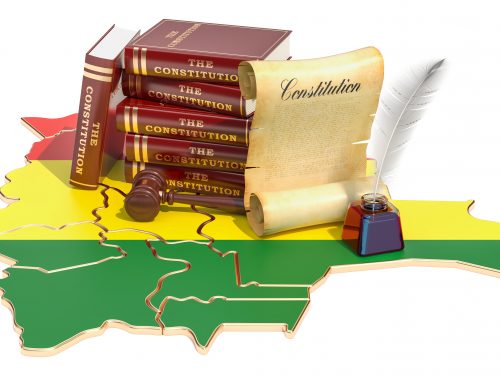
Intellectual property as an autonomous branch of Commercial Law, is beginning to face a new technological challenge, since there are some inventions that are seeking to have a place on the market and claiming a protectionist environment and guarantees rights for their holders.
Big companies such as Amazon, Google, Honda, etc., are from Asian and North America countries who are focusing their efforts in protecting their inventions and preventing the exploitation of their rights by third parties, fighting a scourge that has become a big problem.
One of these technological advances are the Drones. This stunning object which has caused a stir in the last years, and that for a starter just a few group of people had the privilege to manipulate and use their technological capabilities on the military industry, in the capital cities for security, or to protect private zones, has change. Nowadays it has become an everyday item that aims to facilitate the life of many people.
The robotic technology advancement applied to this mini flying robots, come of course, with a challenge to protect them, so that each model turns out to be unique. The creators of these robots, and even intellectual property lawyers, must take on the challenge and shape the intellectual property rights for today’s needs, for this reason the IP industry have thought in creating a specialized branch called ¨Robotic Law¨.
It is necessary to identify what is going to be protected and why. Robots and their technology actions are characterized for the spectrum of Feeling-Thinking-Acting, which somehow opens the debate if the robots could have right holders in the future. The answer is clear, No, a robot can’t be holder of rights because it is not a person.
It is clear that its inventor, controller or holder, will be who responds penalty and civilly for the drone. If a person asks for the intellectual property rights over an invention that can handle so much responsibility and actions, any infringement done by the drone, will be attributable to the drone’s holder. For this reason, is essential to know which people can create, have and use a drone.
On the other hand, there has been a growth in the role of patents in multinational companies and emerging countries who dare to innovate in various materials by their profitability. Geographically, it is clear and rather easy to assume, that Japan, is the country that leads the patents requests for robotic purposes with a 39% on international applications, closely it follows United States and China providing between 37% non-negligible, and then the European Union which contributes with a 30%. This gives us an important map of which countries are those who must start to grow in terms of new inventions, leaving countries of Middle East, South America, South Africa, as calls to invest their efforts towards creations with a high innovation level and create something new for humanity.
All of this is important since not all intellectual property offices in the world are specialized and some are dedicated eminently to register without reviewing the intellectual property applications. In Colombia, an emerging country seeking become one of the giants in Latin American seeks to regulate the use of the drones in private property and anything that may violate the privacy rights of third parties, with the Circular Letter No. 2 of July 27th of 2015, issued by the Civil Aeronautics that regulates concerning aircraft flown from distance.
The patents office of Colombia, has decided to get highly qualified professionals who are willing to give their point of view on these issues, in order to stop a marathon of patent records, making this office in one of the best offices of intellectual property in the world, thanks to their haste when it comes to these issues.
Finally, there is a key point in this whole subject of drones and intellectual property and is that they are not only created for purposes eminently personal or attached to the industry that requires them. The inventors, seeking to protect themselves beyond the law, have begun to work on strategies to combat the “Patent Troll”. Trolls act in an abusive, arbitrary and anti-competitive way, entering markets by buying patents, and with them, defrauding or harming companies that have legal and legitimate interests. It is necessary to join efforts so that this scourge is finished and the patents may be used to what its inventors actually created them. Generating innovation, progress and allowing that the eyes of the world be placed on emerging countries in this world so vast of intellectual property.




